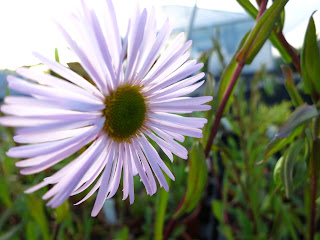The trials of a Chelsea show garden continue....
Flints and bricks go so well together in
 walls, sometimes even with stone.
walls, sometimes even with stone.There is something welcoming about a
flint and brick wall that is timeless.
Flints as a wall building material have
been used for centuries as they make
good filling material adding strength
to the wall when held in place
by brick or stone.
Flints used to be traded in the same way as gold and were worth far more.

How do we use the idea of brick
and flint walls in a modern way
to go with the conceptual idea.
Gabions are used for effect and as structural walls.
Sourcing the correct flint and gravel has given me sleepless nights. Not many people can say the flints are giving me nightmares.....
The wire casements give the rigidity and form, with the fill of brick and flint making the structure stable. The beauty of the different surfaces of the flint is visible through the wire, without the need for mortar.
The dried riverbed floor is a mixture of different sizes of flint gravel. Through this will be colourful plants which thrive in these stony conditions.
Erigeron Quakeress a wonderful summer flowering perennial to 45cm when in flower.
Centaurea simplicicaulis makes tight mounds of grey foliage with these lovely pink cornflowers.
Nigella or 'Love in the Mist' will self seed giving a carpet of blue. Then its seed-heads look good for the rest of the season.
Achillea 'Gloria Jean' a good strong pink form that thrives in gravel areas.
All of the above plants and their close relatives make excellent gravel bed plantings.





























.jpg)
